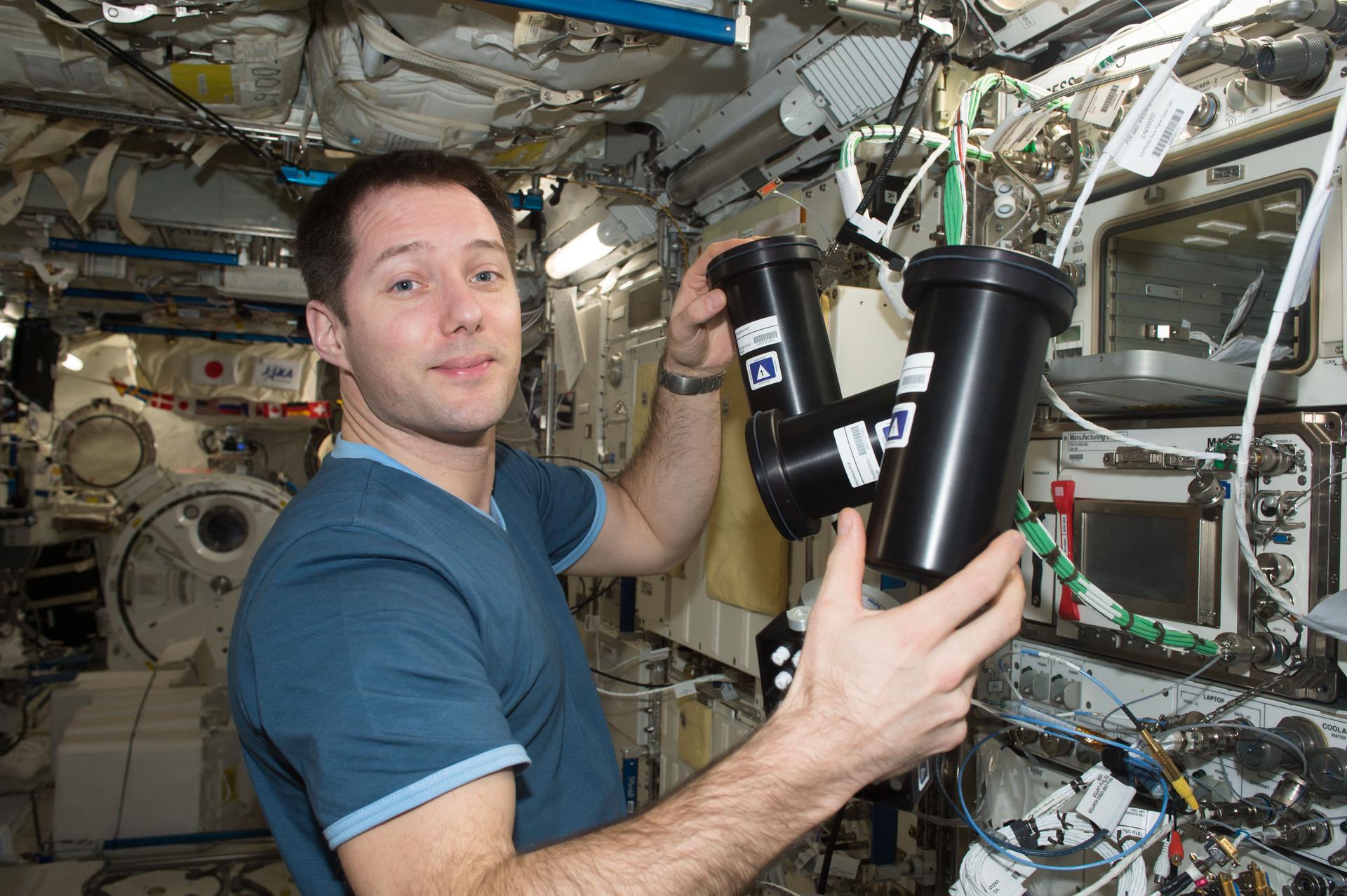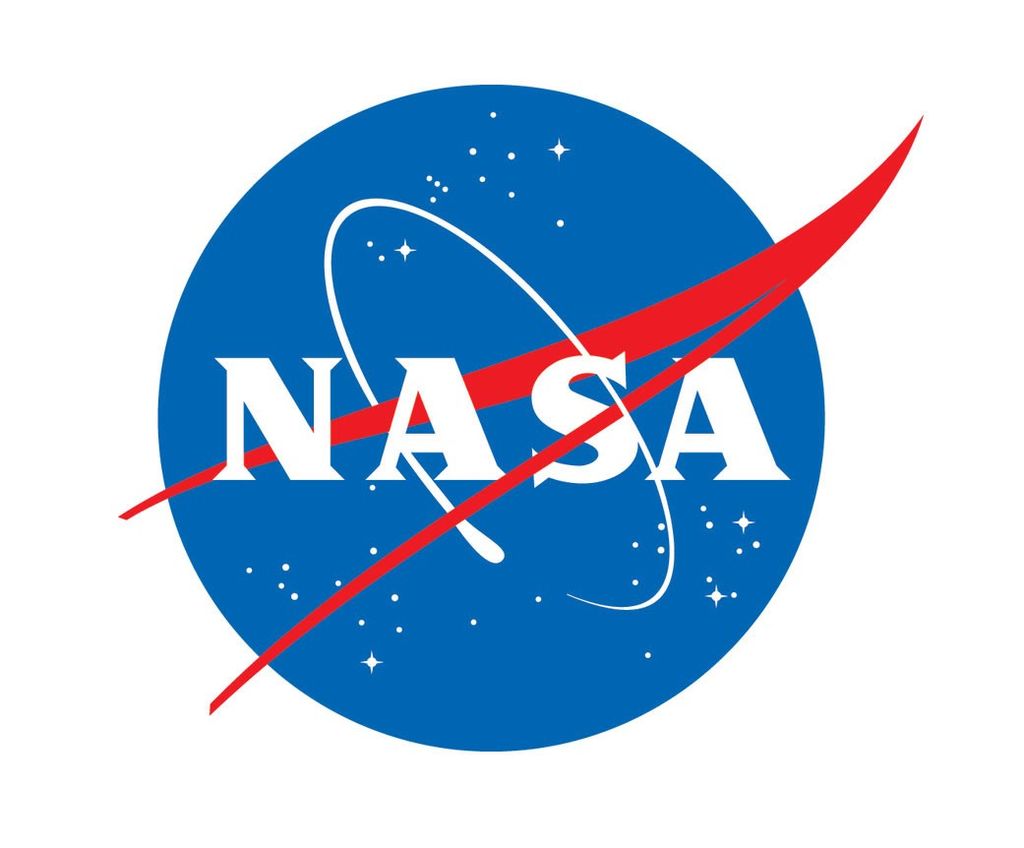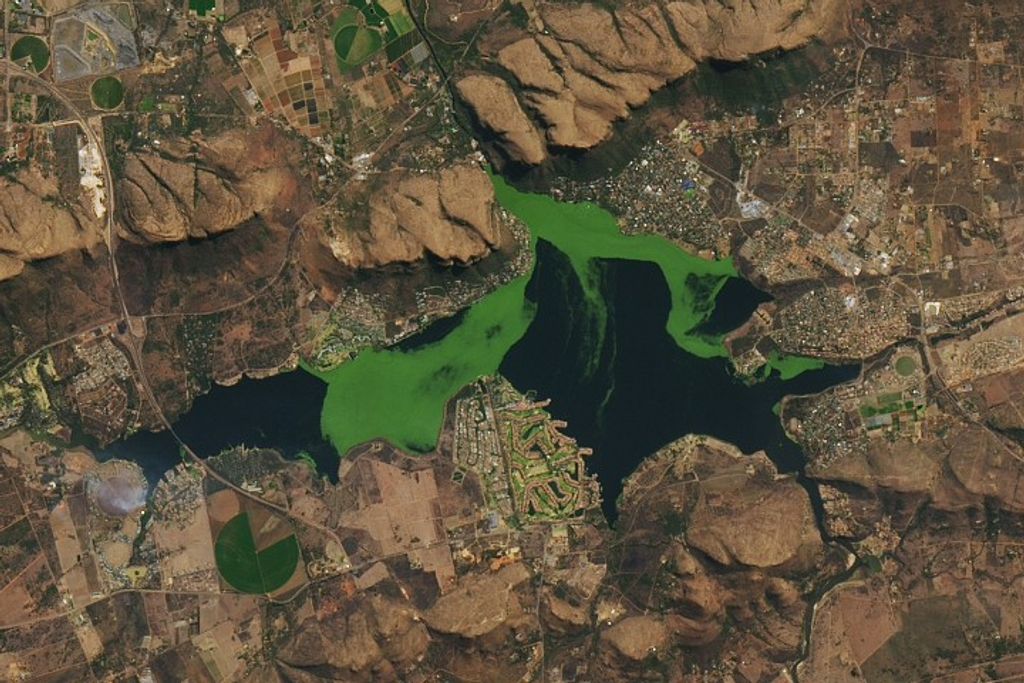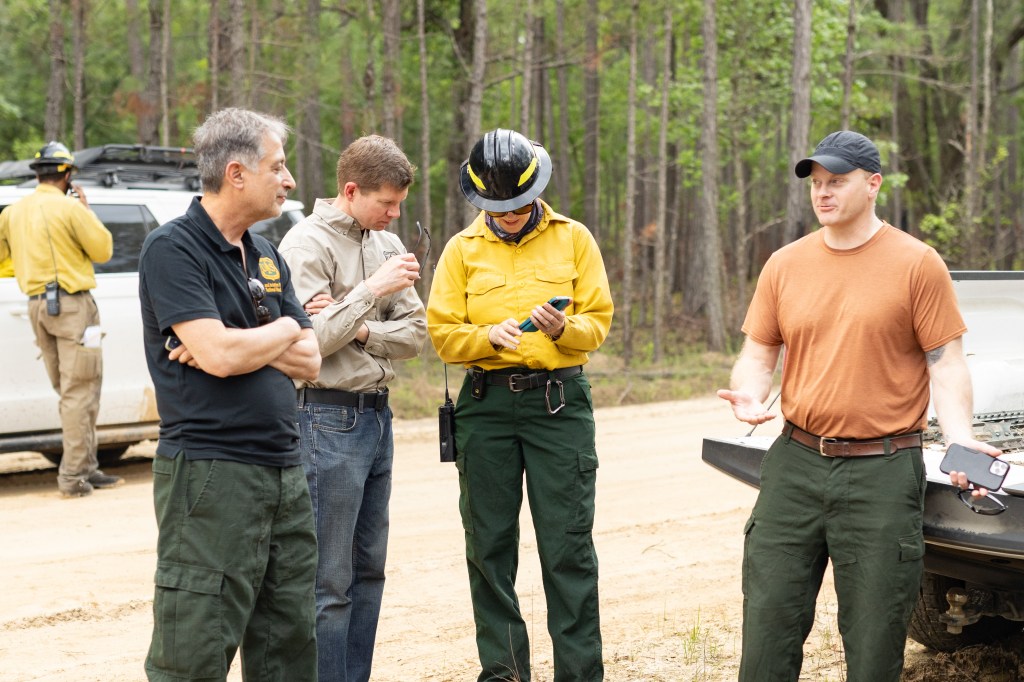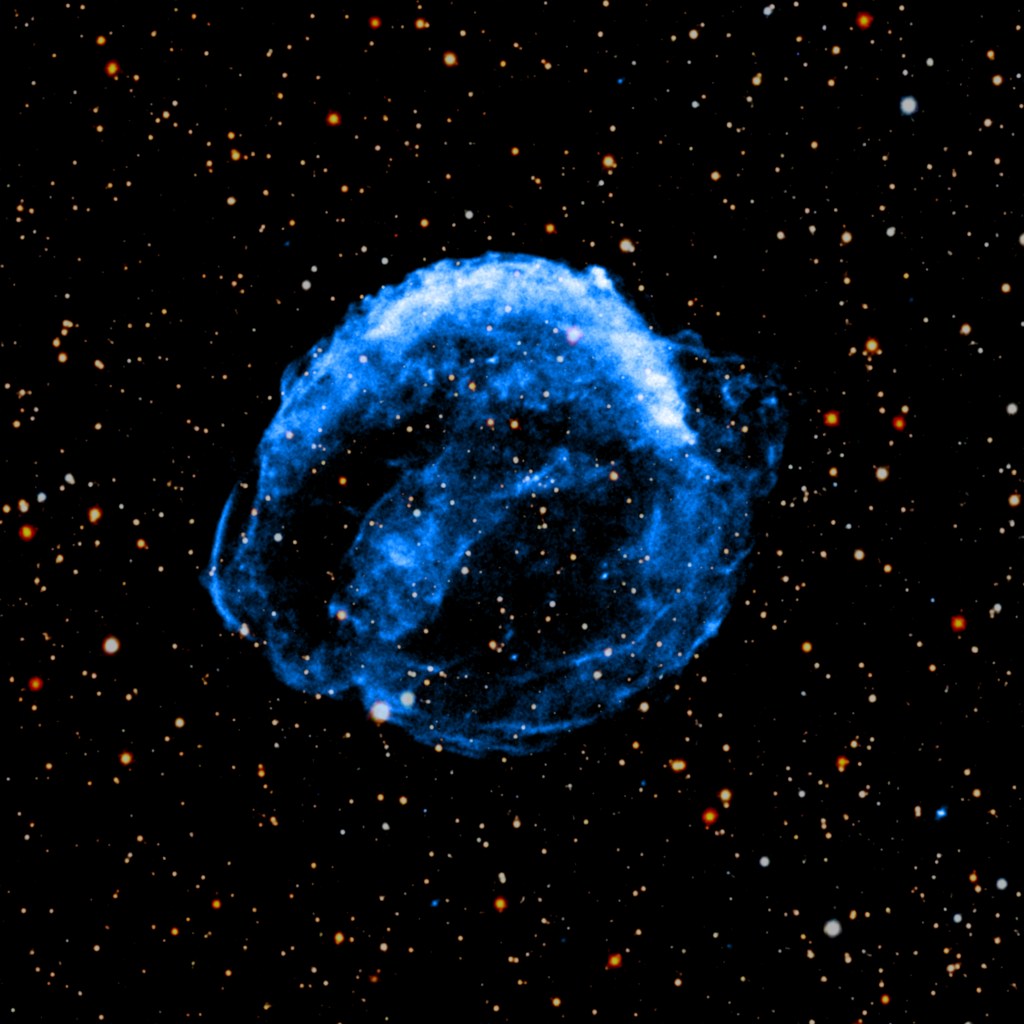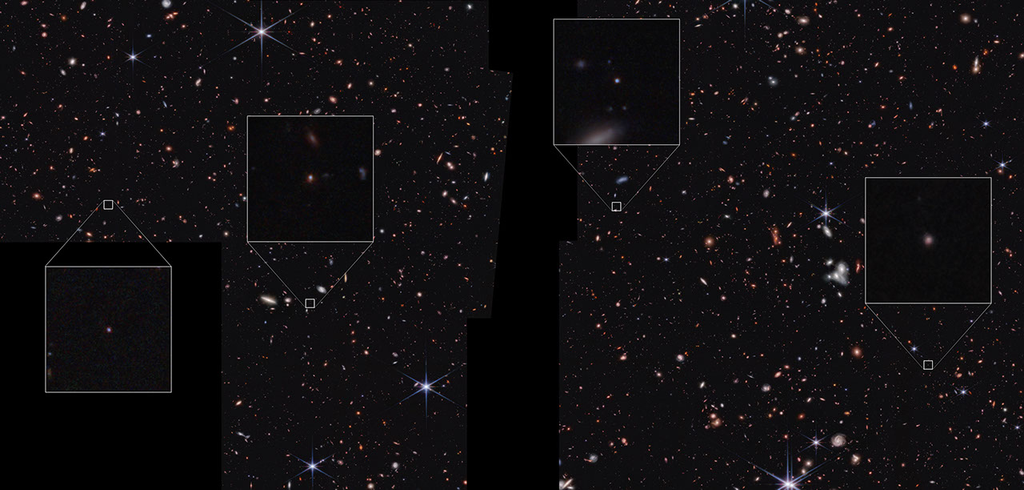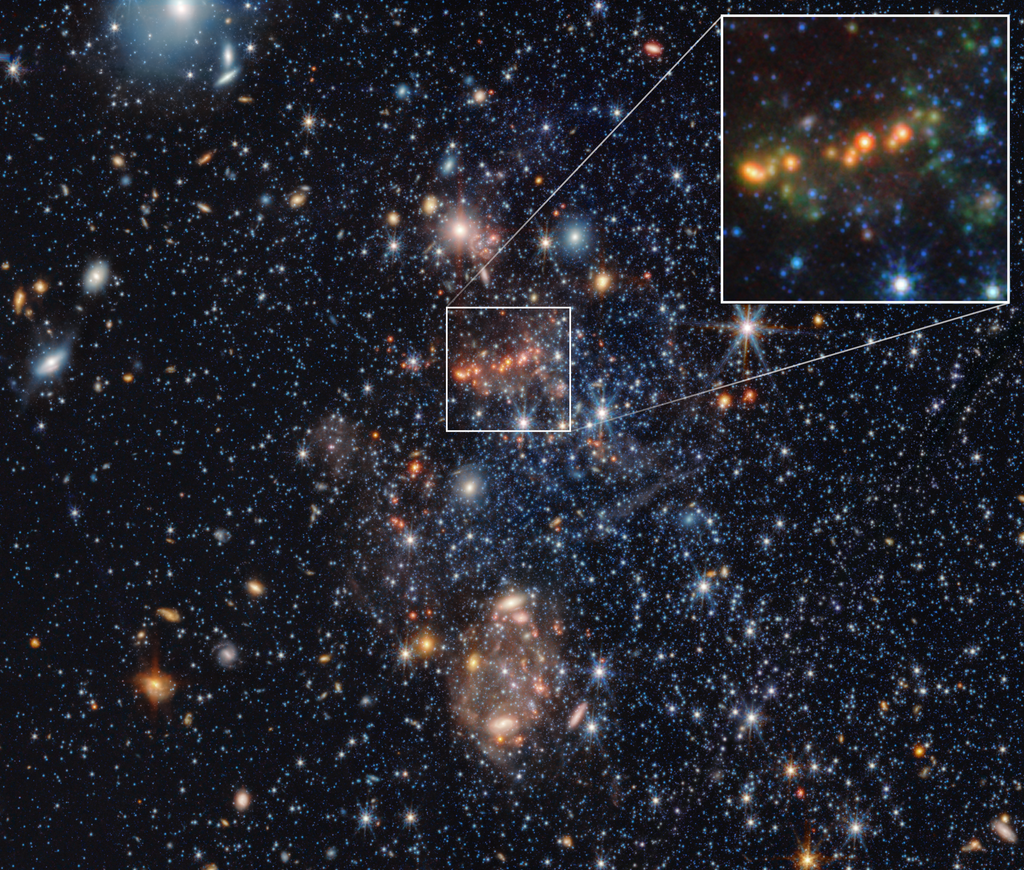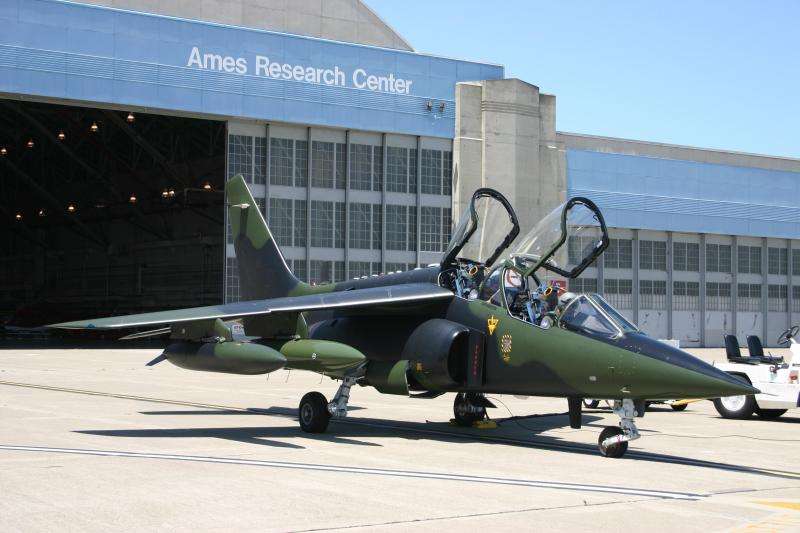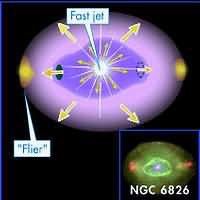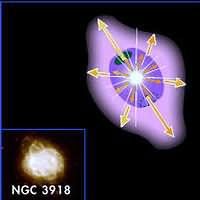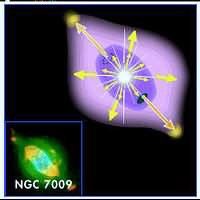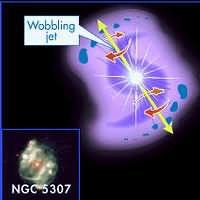1 min read
Hubble’s Planetary Nebula Gallery
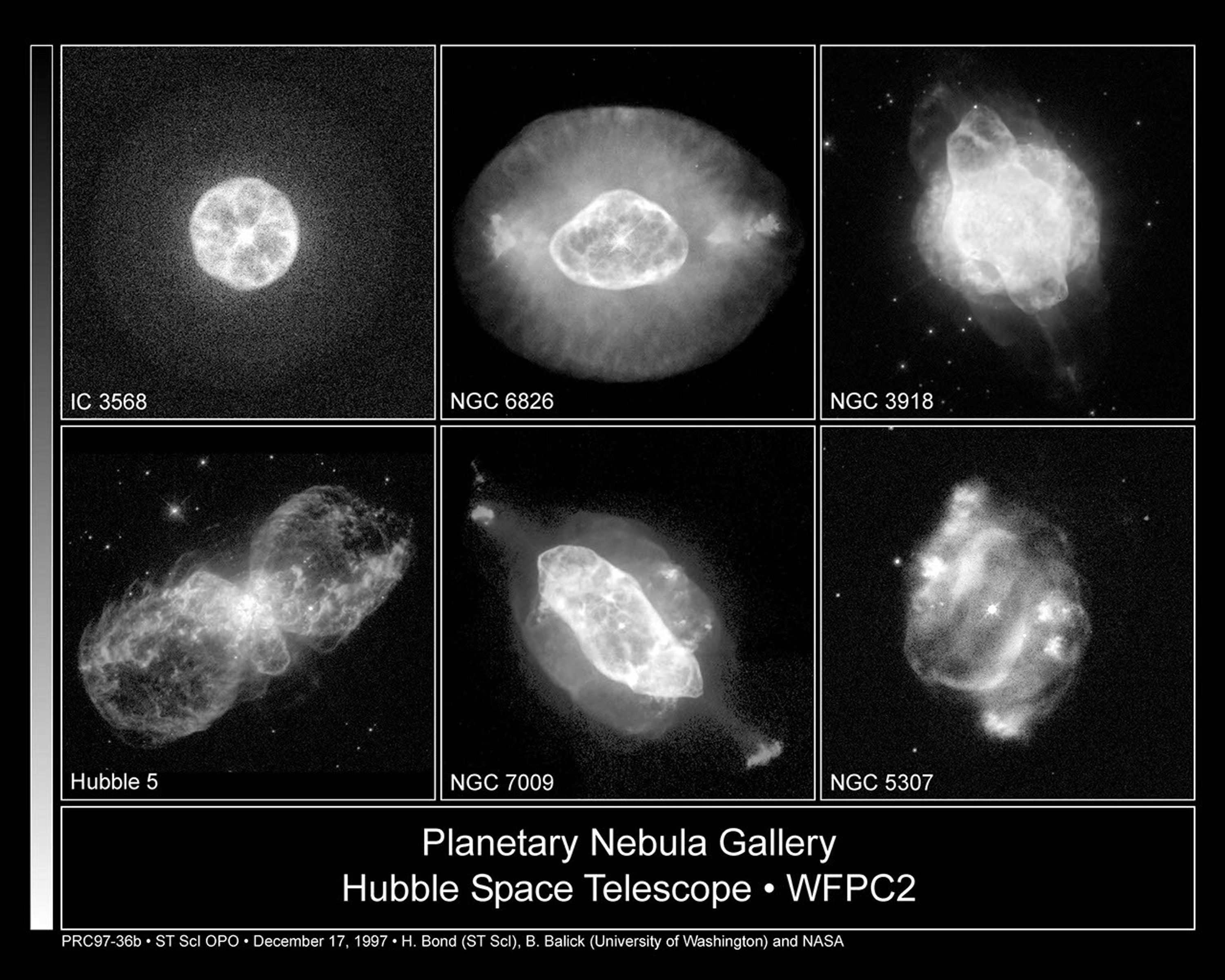
[Top left] - IC 3568 lies in the constellation Camelopardalis at a distance of about 9,000 light-years, and has a diameter of about 0.4 light-years (or about 800 times the diameter of our solar system). It is an example of a round planetary nebula. Note the bright inner shell and fainter, smooth, circular outer envelope.
[Top center] - NGC 6826's eye-like appearance is marred by two sets of blood-red "fliers" that lie horizontally across the image. The surrounding faint green "white" of the eye is believed to be gas that made up almost half of the star's mass for most of its life. The hot remnant star (in the center of the green oval) drives a fast wind into older material, forming a hot interior bubble which pushes the older gas ahead of it to form a bright rim. (The star is one of the brightest stars in any planetary.) NGC 6826 is 2,200 light- years away in the constellation Cygnus. The Hubble telescope observation was taken Jan. 27, 1996 with the Wide Field and Planetary Camera 2.
[Top right ] - NGC 3918 is in the constellation Centaurus and is about 3,000 light-years from us. Its diameter is about 0.3 light-year. It shows a roughly spherical outer envelope but an elongated inner balloon inflated by a fast wind from the hot central star, which is starting to break out of the spherical envelope at the top and bottom of the image.
[Bottom left] - Hubble 5 is a striking example of a "butterfly" or bipolar (two-lobed) nebula. The heat generated by fast winds causes each of the lobes to expand, much like a pair of balloons with internal heaters. This observation was taken Sept. 9, 1997 by the Hubble telescope's Wide Field and Planetary Camera 2. Hubble 5 is 2,200 light-years away in the constellation Sagittarius.
[Bottom center ] - Like NGC 6826, NGC 7009 has a bright central star at the center of a dark cavity bounded by a football-shaped rim of dense, blue and red gas. The cavity and its rim are trapped inside smoothly-distributed greenish material in the shape of a barrel and comprised of the star's former outer layers. At larger distances, and lying along the long axis of the nebula, a pair of red "ansae", or "handles" appears. Each ansa is joined to the tips of the cavity by a long greenish jet of material. The handles are clouds of low-density gas. NGC 7009 is 1,400 light-years away in the constellation Aquarius. The Hubble telescope observation was taken April 28, 1996 by the Wide Field and Planetary Camera 2.
[Bottom right ] - NGC 5307 also lies in Centaurus but is about 10,000 light-years away and has a diameter of approximately 0.6 light-year. It is an example of a planetary nebula with a pinwheel or spiral structure; each blob of gas ejected from the central star has a counterpart on the opposite side of the star.
- Object NameObject NameA name or catalog number that astronomers use to identify an astronomical object.IC 3568, NGC 6826, NGC 3918, Hubble 5, NGC 7009, NGC 5307
- Release DateDecember 17, 1997
- Science ReleaseHubble Witnesses the Final Blaze of Glory of Sun-Like Stars
- CreditTop Left: Howard Bond (Space Telescope Science Institute), Robin Ciardullo (Pennsylvania State University) and NASA Top Center: Bruce Balick (University of Washington), Jason Alexander (University of Washington), Arsen Hajian (U.S. Naval Observatory), Yervant Terzian (Cornell University), Mario Perinotto (University of Florence, Italy), Patrizio Patriarchi (Arcetri Observatory, Italy) and NASA Top Right: Howard Bond (Space Telescope Science Institute), Robin Ciardullo (Pennsylvania State University) and NASA Bottom Left: Bruce Balick (University of Washington), Vincent Icke (Leiden University, The Netherlands), Garrelt Mellema (Stockholm University), and NASA Bottom Center: Bruce Balick (University of Washington), Jason Alexander (University of Washington), Arsen Hajian (U.S. Naval Observatory), Yervant Terzian (Cornell University), Mario Perinotto (University of Florence, Italy), Patrizio Patriarchi (Arcetri Observatory, Italy), NASA Bottom Right: Howard Bond (Space Telescope Science Institute), Robin Ciardullo (Pennsylvania State University) and NASA
Related Images & Videos

Supersonic Exhaust from Nebula M2-9
M2-9 is a striking example of a "butterfly" or a bipolar planetary nebula. Another more revealing name might be the "Twin Jet Nebula." If the nebula is sliced across the star, each side of it appears much like a pair of exhausts from jet engines. Indeed, because of the nebula's...

Round Planetary Nebula IC 3568
IC 3568 lies in the constellation Camelopardalis at a distance of about 9,000 light-years, and has a diameter of about 0.4 light-years (or about 800 times the diameter of our solar system). It is an example of a round planetary nebula. Note the bright inner shell and fainter,...

Eye-Shaped Planetary Nebula NGC 6826
NGC 6826's eye-like appearance is marred by two sets of blood-red "fliers" that lie horizontally across the image. The surrounding faint green "white" of the eye is believed to be gas that made up almost half of the star's mass for most of its life. The hot remnant star (in the...

Planetary Nebula NGC 3918
NGC 3918 is in the constellation Centaurus and is about 3,000 light-years from us. Its diameter is about 0.3 light-year. It shows a roughly spherical outer envelope but an elongated inner balloon inflated by a fast wind from the hot central star, which is starting to break out...

Two-Lobed Planetary Nebula Hubble 5
Hubble 5 is a striking example of a "butterfly" or bipolar (two-lobed) nebula. The heat generated by fast winds causes each of the lobes to expand, much like a pair of balloons with internal heaters. This observation was taken Sept. 9, 1997 by the Hubble telescope's Wide Field...

Planetary Nebula NGC 7009
Like NGC 6826, NGC 7009 has a bright central star at the center of a dark cavity bounded by a football-shaped rim of dense, blue and red gas. The cavity and its rim are trapped inside smoothly-distributed greenish material in the shape of a barrel and comprised of the star's...

Spiral-Structured Planetary Nebula NGC 5307
NGC 5307 also lies in Centaurus but is about 10,000 light-years away and has a diameter of approximately 0.6 light-year. It is an example of a planetary nebula with a pinwheel or spiral structure; each blob of gas ejected from the central star has a counterpart on the opposite...
Share
Details
Claire Andreoli
NASA’s Goddard Space Flight Center
Greenbelt, Maryland
claire.andreoli@nasa.gov





